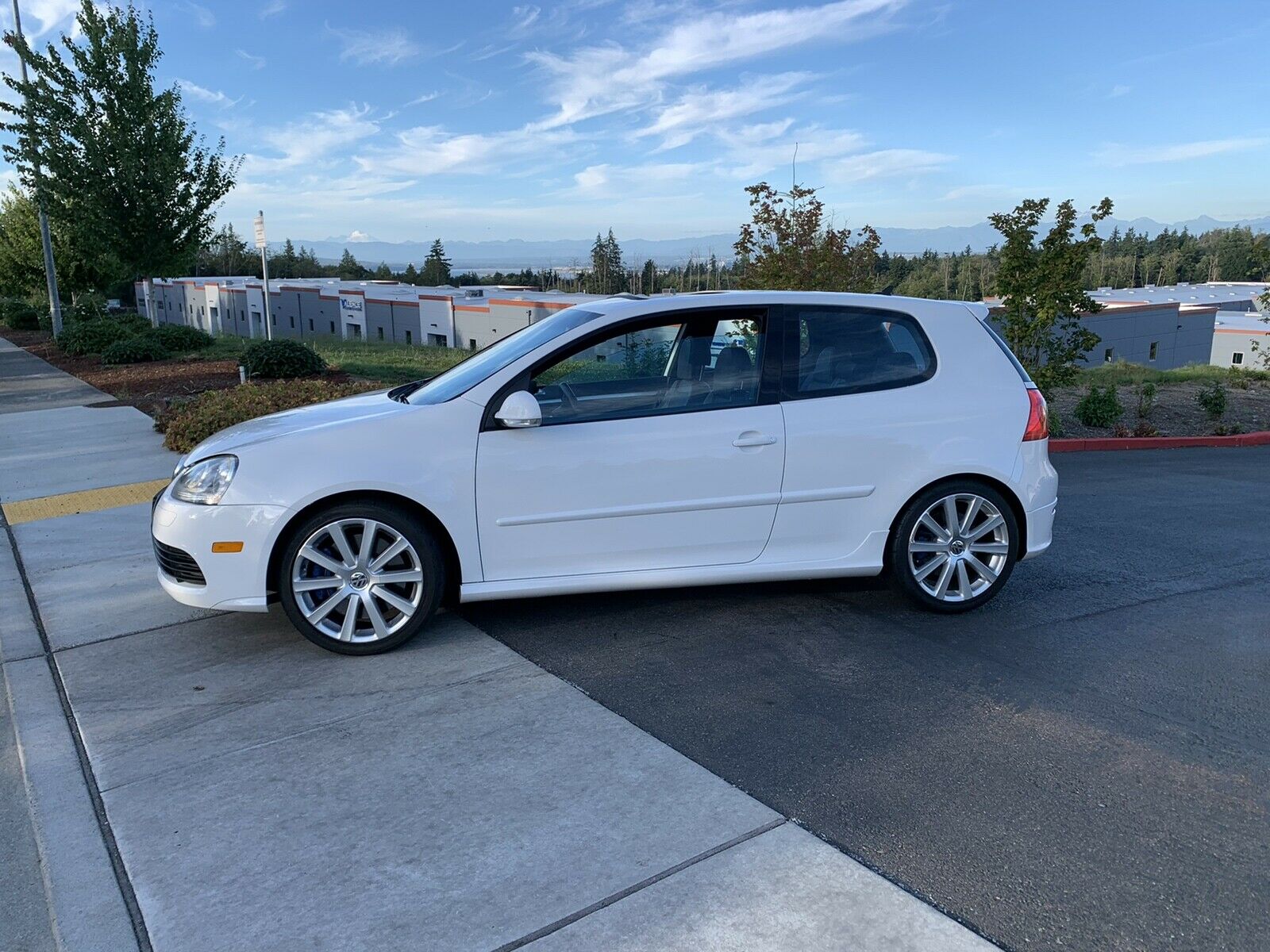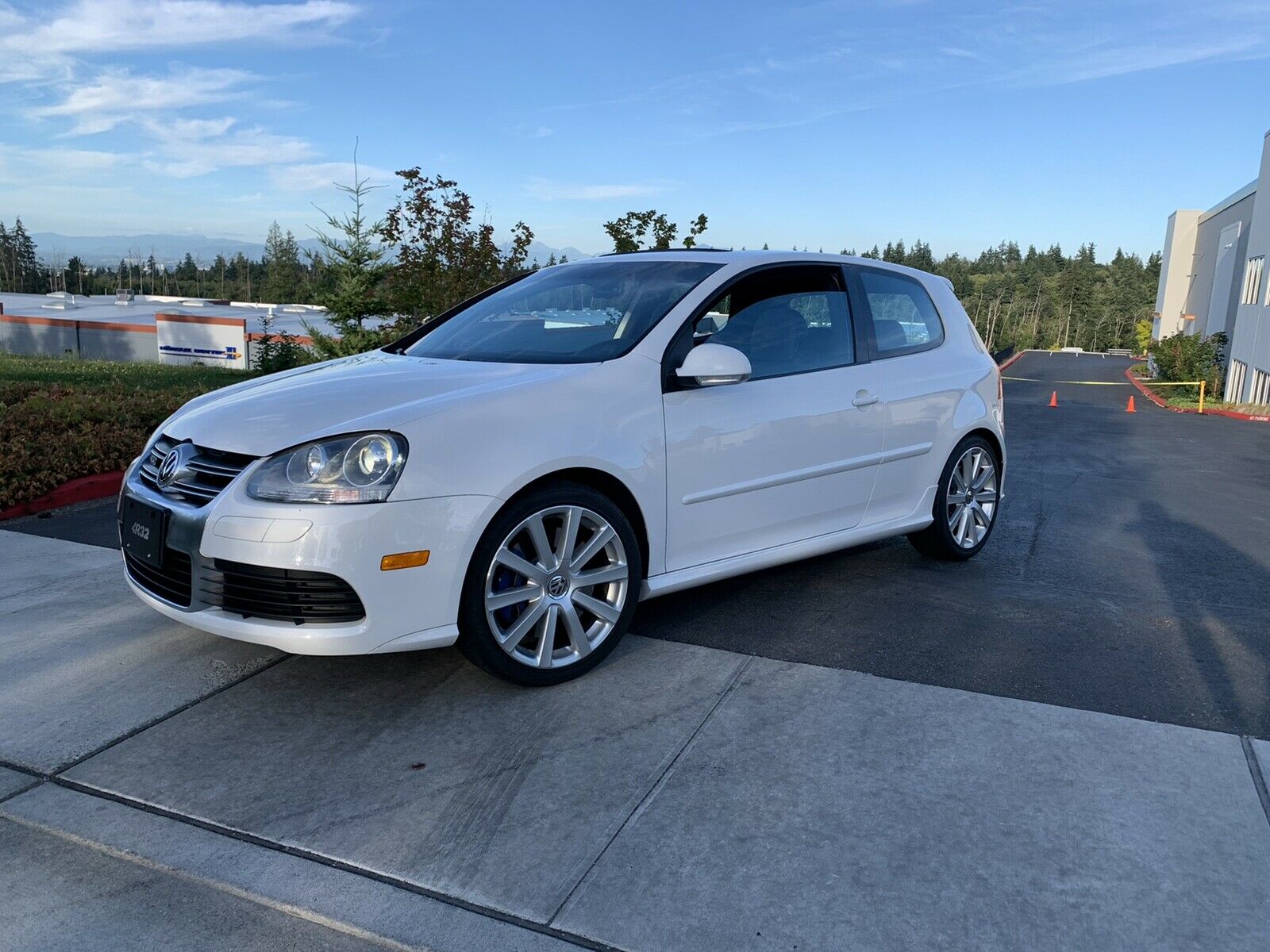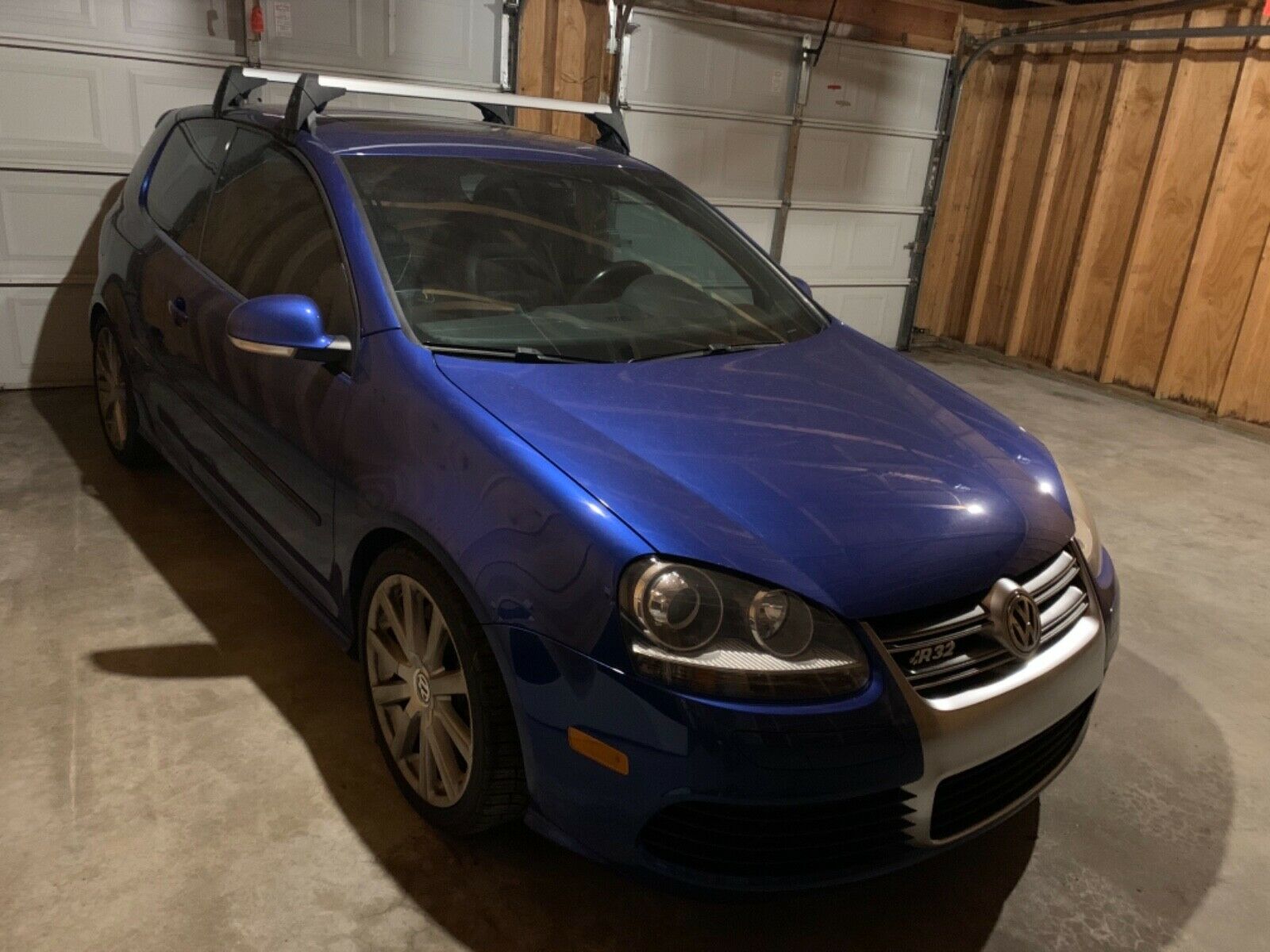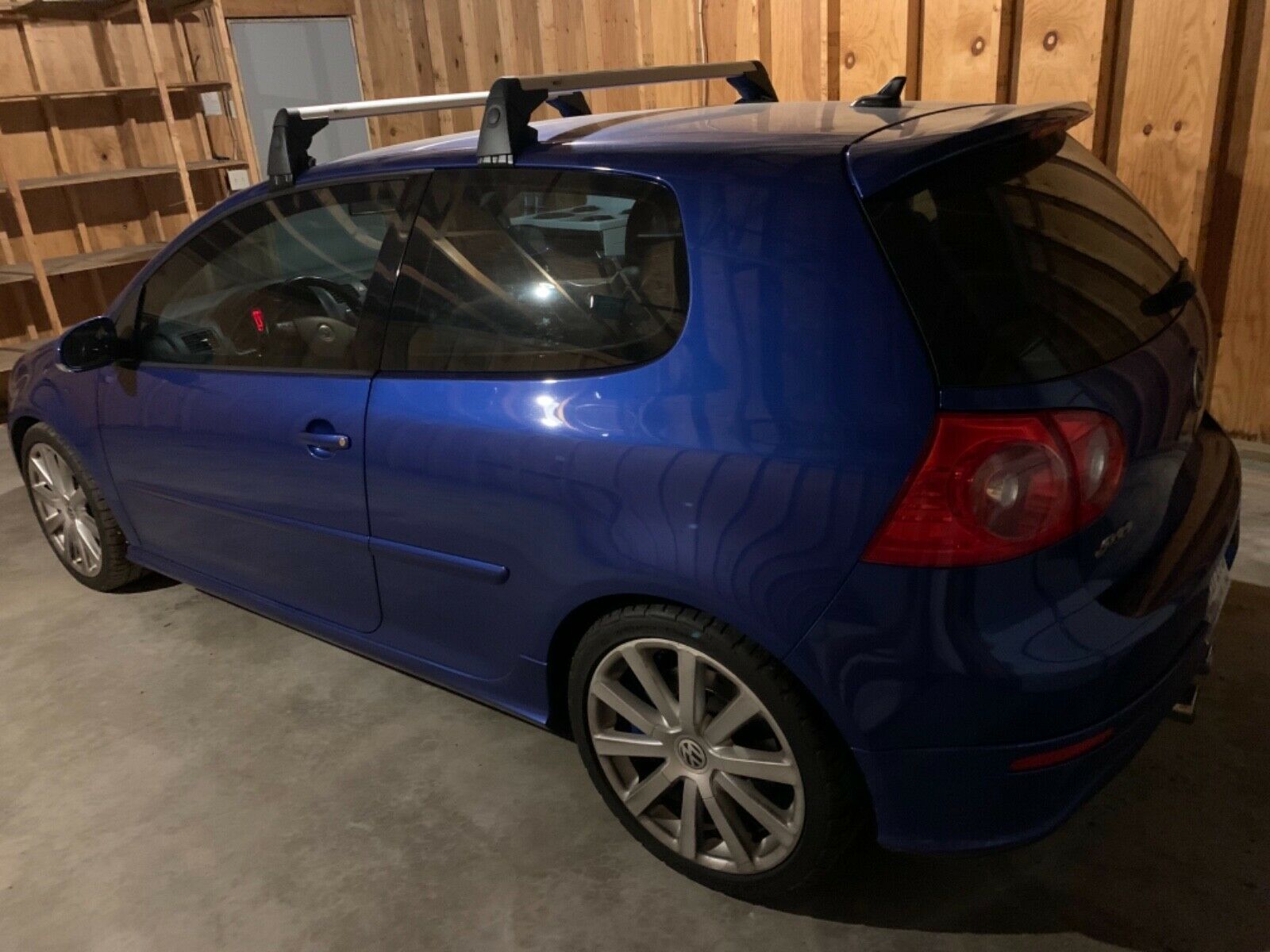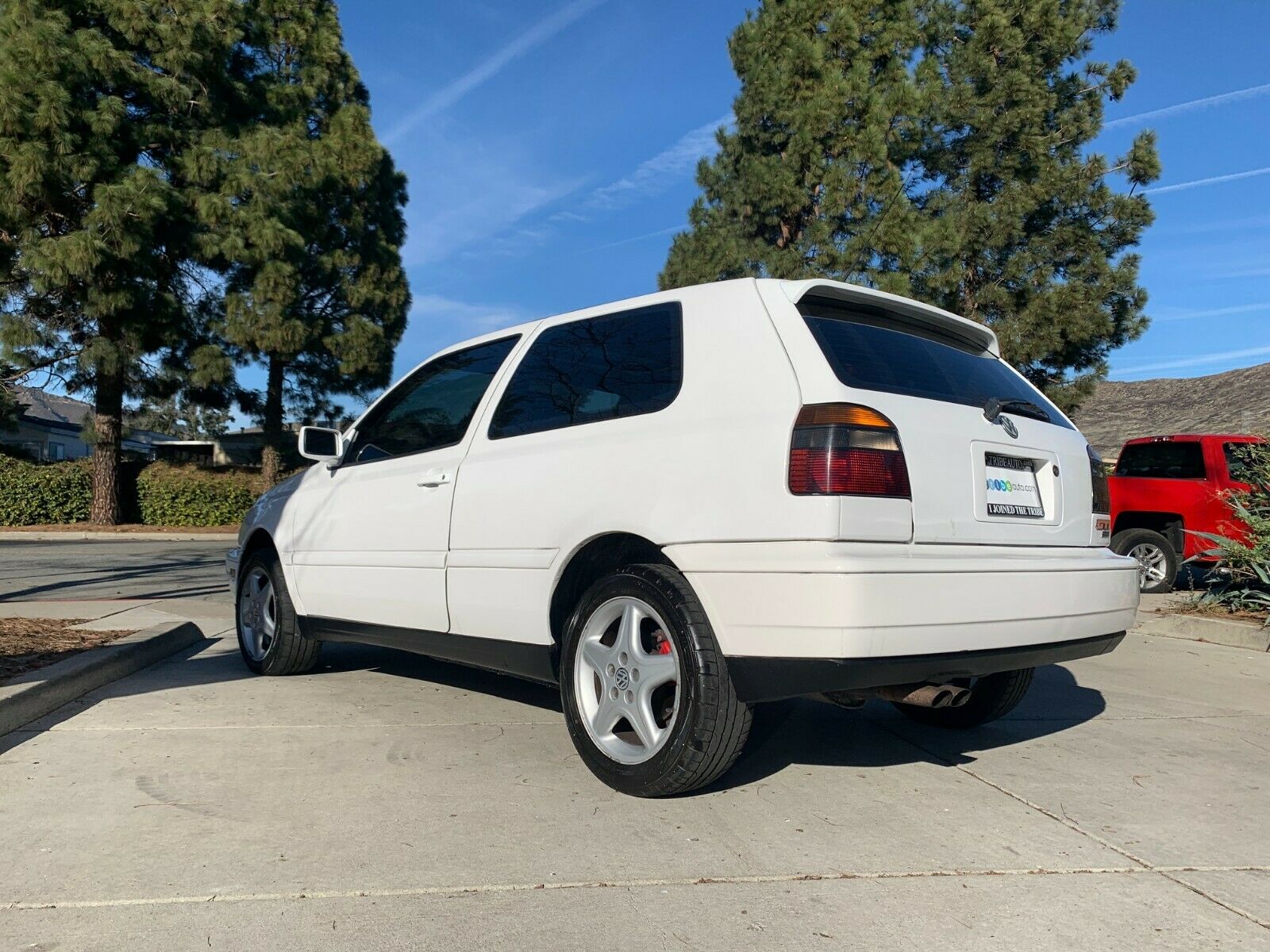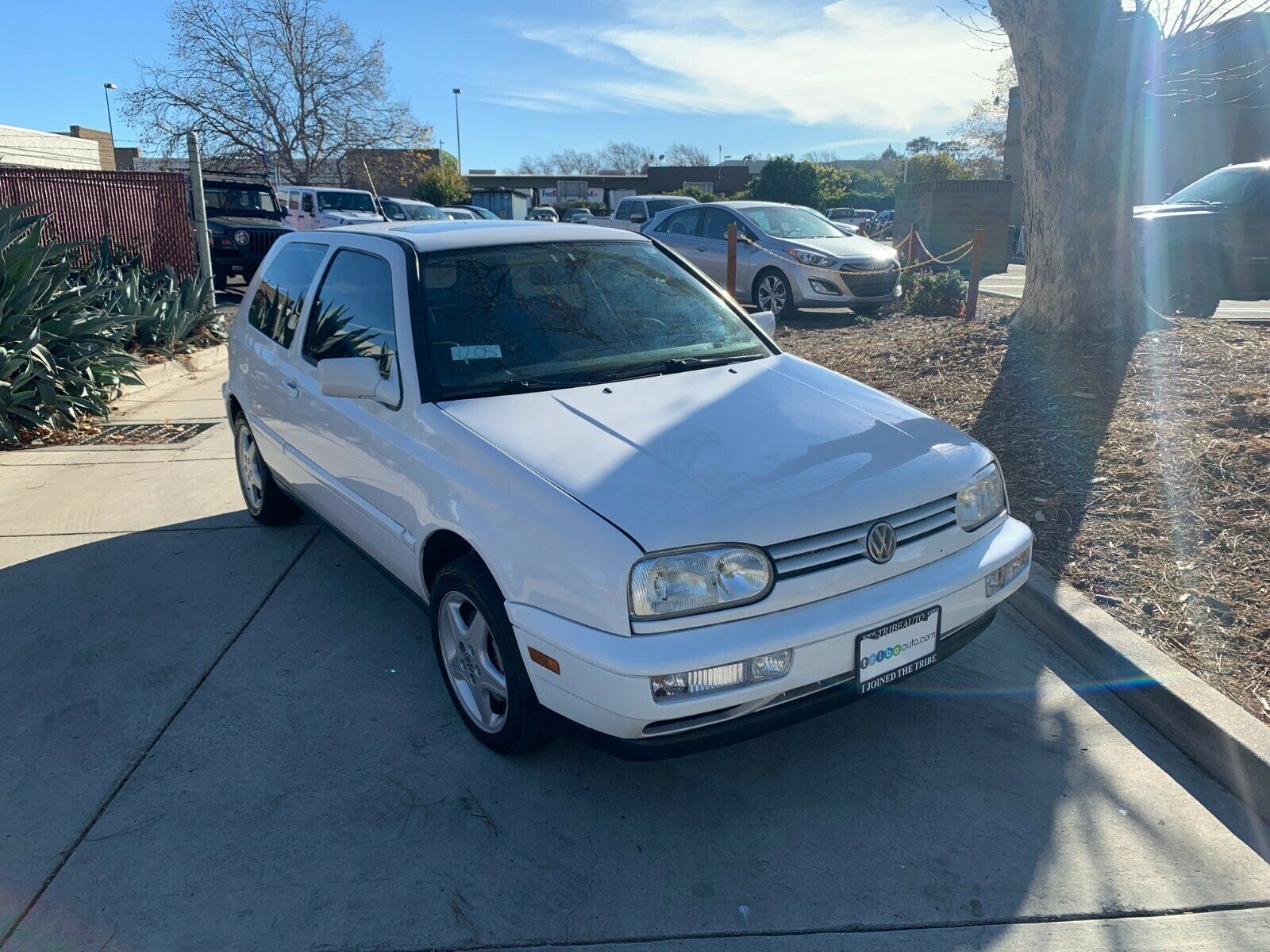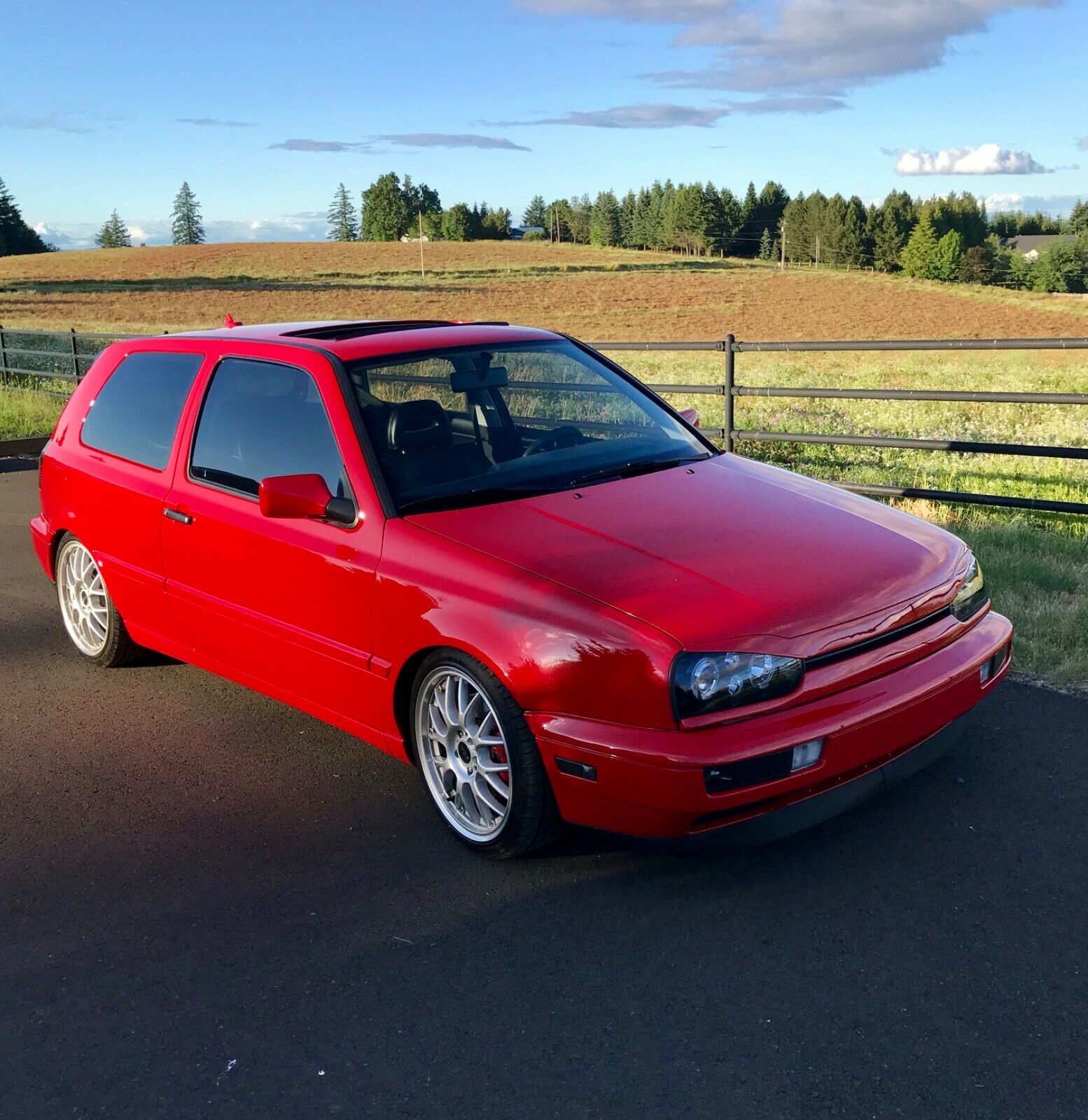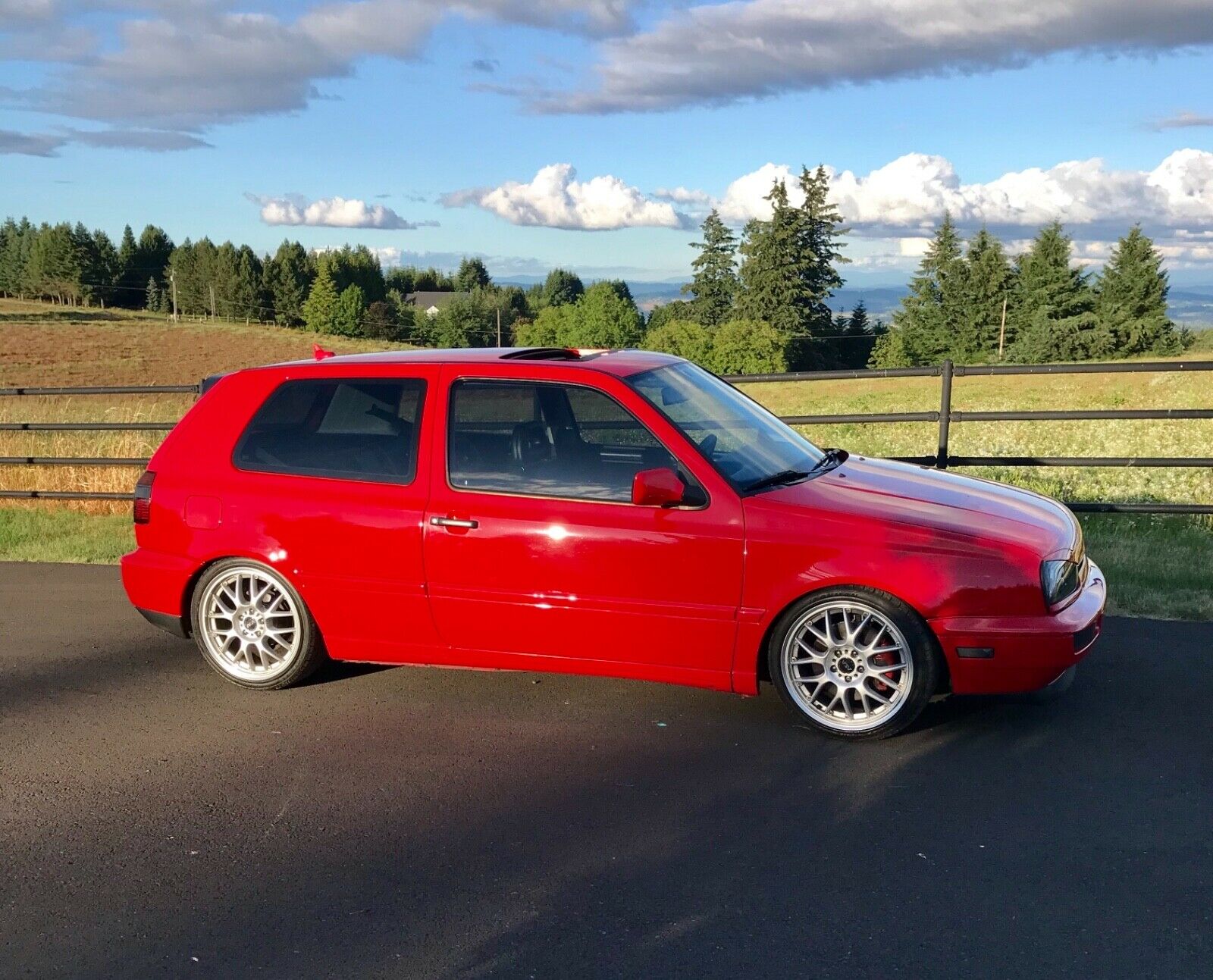
Jumping in to a third generation Volkswagen Golf won’t get you much respect outside of dedicated brand enthusiasts. But what it will do is reward your decision. Like the E36 M3, adding two cylinders to the model may not have sounded as sexy on paper as the high-revving double cam inline-4, but the result was better performance, better reliability, and cheaper prices for that speed. With 172 horsepower and 173 lb.ft of torque on tap, the VR6 took the Mk.3 into a new performance territory. It brought with it a more grown up feel, too – leather, a quiet(er) cabin, power windows and sunroof – these were unthinkable a decade earlier in the budget hatch. In fact there was only one option – a trunk mounted CD changer. Everything else? Standard. The increase in performance dictated upgrades throughout; sport suspension with sway bars, larger brakes with 5×100 mm hubs and accompanying 15″ wheels. 0-60 was firmly sub-7 second range, and the boxy hatch could brush 130 mph flat out. In a flat-out drag race, this economy car was on par with the Audi S6.
At nearly $20,000, the price tag didn’t seem cheap at first. Indeed, in a little over a decade the base price of the GTI had increased 100%. But the Golf was still about cheap speed, and so you need to view this package in relative performance. It wasn’t much slower than the U.S. specification M3, for example, but was about half the price. More appropriate, though, was that it was some $6,000 cheaper than the Corrado with nearly the same setup. Today, that cost savings carries over – Corrados are easily twice to many times the current bid of this example:
